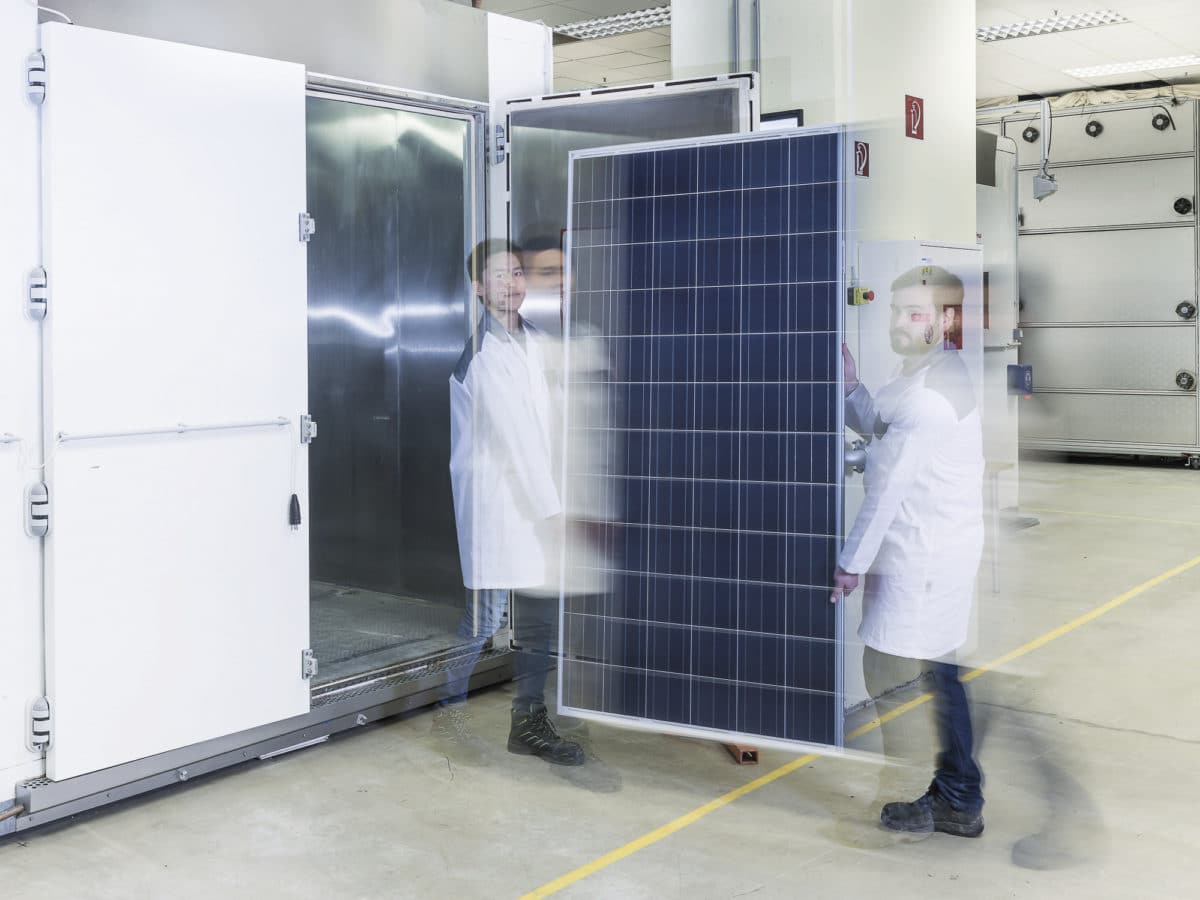First identified in 2012, light-elevated temperature-induced degradation (LeTID) is known to potentially cause performance losses as high as 10% over a period of years for modules in the field, and has been observed in most p-type silicon PV technologies. This makes it a significant headache for plant owners and module manufacturers alike.
However, the mechanisms behind this degradation are complex, and scientists have thus far not been able to isolate the exact cause. In new research into the effects of LeTID, scientists led by the Chinese Academy of Sciences examined LeTID effects on the surface of a solar cell, and at the interfaces between silicon and the passivation layers.
The group used deep level transient spectroscopy, a specialized method for observing active defects in semiconductor materials, to view degradation behavior of the surface passivation in a range of differently treated multicrystalline silicon samples, including both aluminum oxide and mixed aluminum oxide/silicon nitride passivation layers.
They described their work in “Surface related degradation phenomena in P-type multi-crystalline silicon at elevated temperature and illumination,” which was recently published in Solar Energy.
Bulk to surface
The experiments showed a decrease in carrier lifetime for the samples after light soaking at 80 C and 0.46 kilowatt hours per square centimeter. The number of interface states – defects in the material that can reduce performance – increased after the light soaking. According to the researchers, this suggests that decreased passivation quality caused by the increase in interface states could be a contributing factor in LeTID.
The cause of this increase, however, is more likely in the bulk of the material rather than its surface, and the paper suggests that the increase in interface states might be down to diffusion of impurities in the bulk to the surface during the LeTID mechanism. “It might be concluded that the increase of interface states is one cause of [the] LeTID phenomenon, but the main cause may be the defects in bulk,” the researchers stated.
In spite of this, the group concluded that further work focusing on the surface and interface degradation will be valuable in better understanding LeTID. “The cause of the LeTID phenomenon is extremely complex,” they said. “And more intensive research on surface-related degradation should be carried out.”
This content is protected by copyright and may not be reused. If you want to cooperate with us and would like to reuse some of our content, please contact: editors@pv-magazine.com.









By submitting this form you agree to pv magazine using your data for the purposes of publishing your comment.
Your personal data will only be disclosed or otherwise transmitted to third parties for the purposes of spam filtering or if this is necessary for technical maintenance of the website. Any other transfer to third parties will not take place unless this is justified on the basis of applicable data protection regulations or if pv magazine is legally obliged to do so.
You may revoke this consent at any time with effect for the future, in which case your personal data will be deleted immediately. Otherwise, your data will be deleted if pv magazine has processed your request or the purpose of data storage is fulfilled.
Further information on data privacy can be found in our Data Protection Policy.